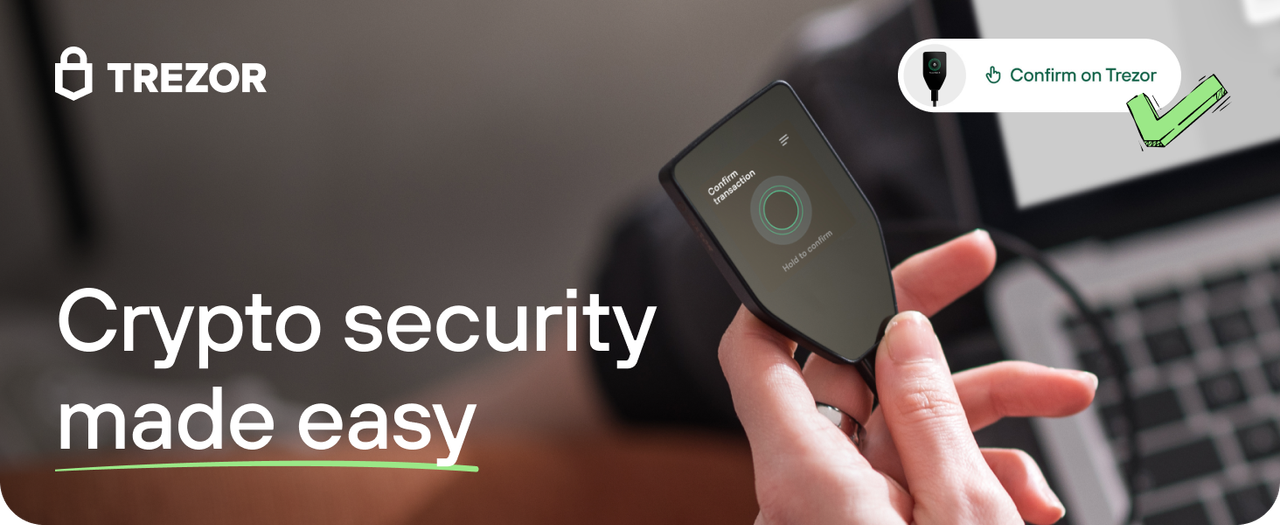Trezor Login Setup — Beginner’s Guide
Practical, secure steps to install Trezor Suite, create or recover your wallet, connect to dApps and DeFi, and protect your recovery phrase.

Quick overview
"Trezor Login" commonly means using your Trezor hardware (via Trezor Suite or Trezor Connect) to authenticate and sign with decentralized apps. This guide covers setup, recovery, dApp connections, and safety best practices.
Before you start — checklist
- Genuine Trezor device (buy from trezor.io).
- Computer (or mobile device) and a modern browser (Chrome/Edge for WebUSB).
- Pen + metal backup plate for your wallet backup — keep it offline.
1. Install Trezor Suite & initialize
- Download Suite from trezor.io/trezor-suite. Prefer the desktop app for phishing resistance.
- Plug in your Trezor, open Suite, and follow prompts to install firmware if required.
- Choose Create a new wallet or Recover wallet and follow the on-screen device prompts.
2. Create vs Recover (import wallet to Trezor)
Creating generates a wallet backup (12/20/24 words depending on model). If importing a seed from another wallet, choose Recover wallet in Suite and enter the correct word count. Only input seed words when your Trezor asks you to do so.
3. Connect to dApps & DeFi (Trezor Login)
When a dApp asks to “Connect Wallet,” select Trezor/Trezor Connect (or a compatible wallet using Trezor Connect). Confirm and sign every request on your physical device screen.
4. Safety — storing your recovery phrase
- Write words by hand and store copies on metal plates for durability.
- Never store seed words digitally (screenshots, cloud storage, email).
- Consider multi-share or advanced backup only after researching risks and benefits.
FAQs
- What is Trezor Login?
- Using your Trezor device + Trezor Connect or Suite to authenticate and sign transactions with dApps — transactions must be approved on the device.
- How do I import an existing wallet to Trezor?
- Choose “Recover wallet” in Trezor Suite and enter your seed words when prompted; ensure they follow a supported format like BIP39.
- Does Trezor have a browser extension?
- Trezor uses Trezor Connect and Trezor Suite rather than a proprietary extension; third-party wallets integrate via Trezor Connect.